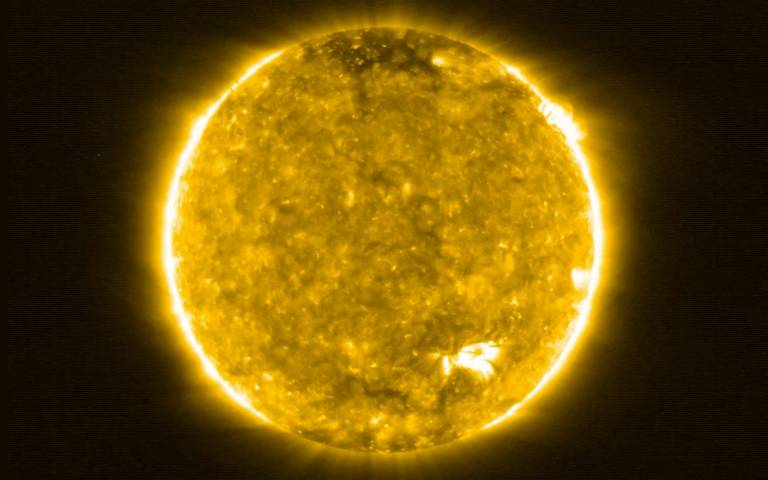
About 17 years ago, J. Martin Laming, an astrophysicist at the U.S. Naval Research Laboratory, theorized why the chemical composition of the Sun’s tenuous outermost layer differs from that lower down...
Read More

About 17 years ago, J. Martin Laming, an astrophysicist at the U.S. Naval Research Laboratory, theorized why the chemical composition of the Sun’s tenuous outermost layer differs from that lower down...
Read More
The Sun’s extremely hot outer layer, the corona, has a very different chemical composition from the cooler inner layers, but the reason for this has puzzled scientists for decades.
One explanation is that, in the middle layer (the chromosphere), magnetic waves exert a force that separates the Sun’s plasma into different components, so that only the ion particles are transported into the corona, while leaving neutral particles behind (thus leading to a build-up of elements such as iron, silicon and magnesium in the outer atmosphere).
Now, in a new study published in The Astrophysical Journal, researchers combined observations from a telescope in New Mexico, the United States, with satellites located near Earth to identify a link between magnetic waves in the chromosphere and area...
Read More“The waves are excited by a shaking motion of the jet at its base,” said David Meier. It’s the 1st time Alfven waves have been identified in a black hole system. They are generated when magnetic field lines, such as those from the sun or a disk around a black hole, interact with ions, and become twisted or coiled into a helical shape...
Read More
Recent Comments